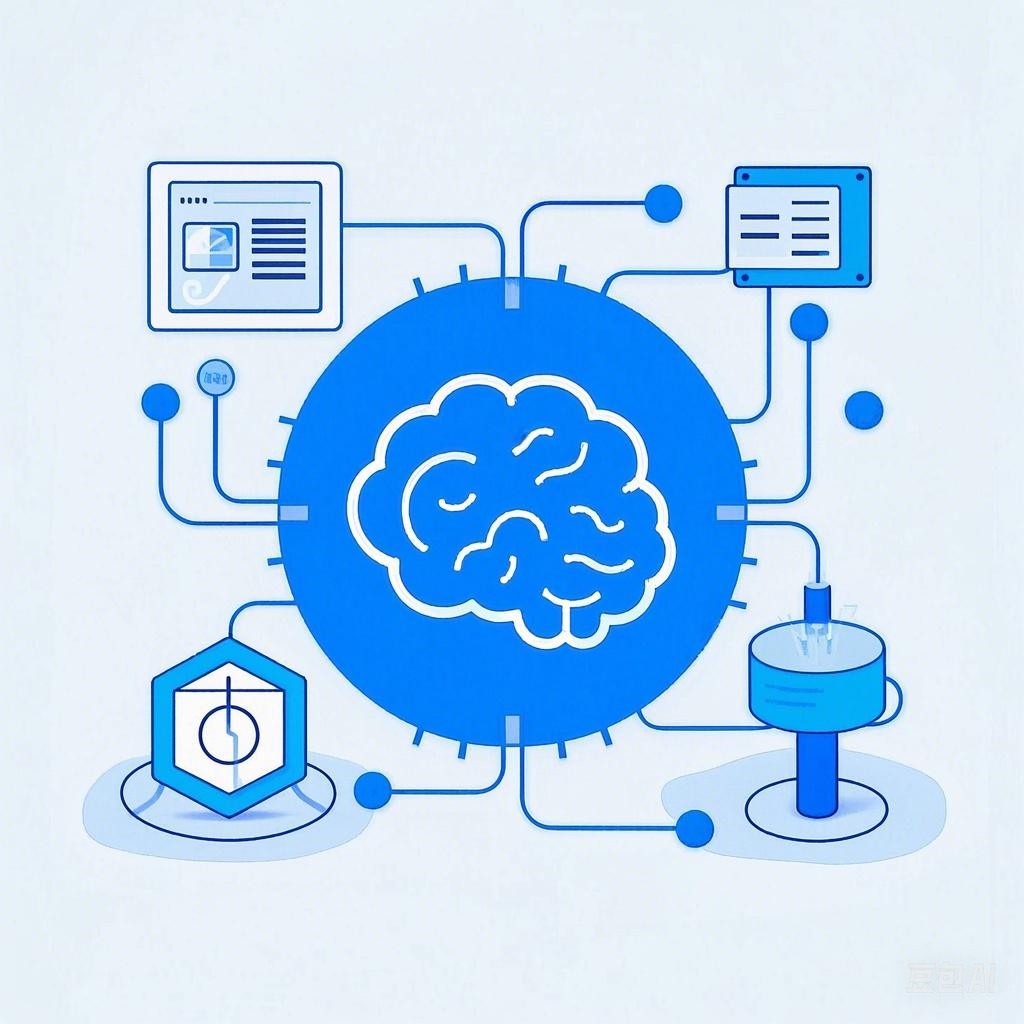深度学习作为人工智能领域的一个重要分支,已经取得了显著的进展。Scikit-learn和TensorFlow是两个在机器学习领域广泛使用的工具,分别代表了传统的机器学习和现代的深度学习。本文将深入探讨如何在这两个工具之间实现无缝交互,以充分利用各自的优势。
Scikit-learn与TensorFlow简介
Scikit-learn
Scikit-learn是一个开源的Python机器学习库,它提供了大量的机器学习算法和工具,包括分类、回归、聚类和降维等。Scikit-learn以其简洁的API和高效的性能而受到广泛欢迎。
TensorFlow
TensorFlow是一个由Google开发的开源机器学习框架,主要用于构建和训练复杂的深度学习模型。它提供了丰富的API,可以轻松地构建神经网络和其他复杂的模型。
Scikit-learn与TensorFlow的交互
Scikit-learn与TensorFlow的交互可以通过多种方式实现,以下是一些常见的方法:
1. 使用TensorFlow作为Scikit-learn的后端
Scikit-learn本身并不支持深度学习,但可以通过集成TensorFlow来扩展其功能。这可以通过使用scikit-learn-tensorflow这个库来实现。
from sklearn import datasets
from sklearn_tensorflow import DNNClassifier
# 加载数据
iris = datasets.load_iris()
X, y = iris.data, iris.target
# 创建DNN分类器
dnn = DNNClassifier(hidden_layer_sizes=(10, 10), activation='relu', solver='adam', max_iter=500)
# 训练模型
dnn.fit(X, y)
# 预测
predictions = dnn.predict(X)
2. 使用TensorFlow模型作为Scikit-learn的输入
在某些情况下,你可能已经有一个TensorFlow模型,并希望将其作为Scikit-learn的一部分使用。这可以通过将TensorFlow模型的输出作为Scikit-learn模型的输入来实现。
import tensorflow as tf
from sklearn.model_selection import train_test_split
from sklearn.preprocessing import StandardScaler
from sklearn.ensemble import RandomForestClassifier
# 加载TensorFlow模型
model = tf.keras.models.load_model('path_to_model')
# 加载数据
X, y = load_data()
# 划分数据集
X_train, X_test, y_train, y_test = train_test_split(X, y, test_size=0.2, random_state=42)
# 标准化数据
scaler = StandardScaler()
X_train_scaled = scaler.fit_transform(X_train)
X_test_scaled = scaler.transform(X_test)
# 使用TensorFlow模型作为特征提取器
X_train_features = model.predict(X_train_scaled)
X_test_features = model.predict(X_test_scaled)
# 使用随机森林分类器
clf = RandomForestClassifier()
clf.fit(X_train_features, y_train)
predictions = clf.predict(X_test_features)
3. 使用Scikit-learn的评估指标在TensorFlow模型上
TensorFlow模型训练完成后,可以使用Scikit-learn提供的评估指标来评估模型的性能。
from sklearn.metrics import accuracy_score
# 使用TensorFlow模型进行预测
predictions = model.predict(X_test_scaled)
# 计算准确率
accuracy = accuracy_score(y_test, predictions)
print(f'Accuracy: {accuracy}')
总结
Scikit-learn与TensorFlow的无缝交互为机器学习研究者提供了更多的灵活性。通过结合这两个工具的优点,可以构建更加复杂的模型,并提高模型的性能。以上方法为如何实现这种交互提供了一种参考,实际应用中可以根据具体需求进行调整。
